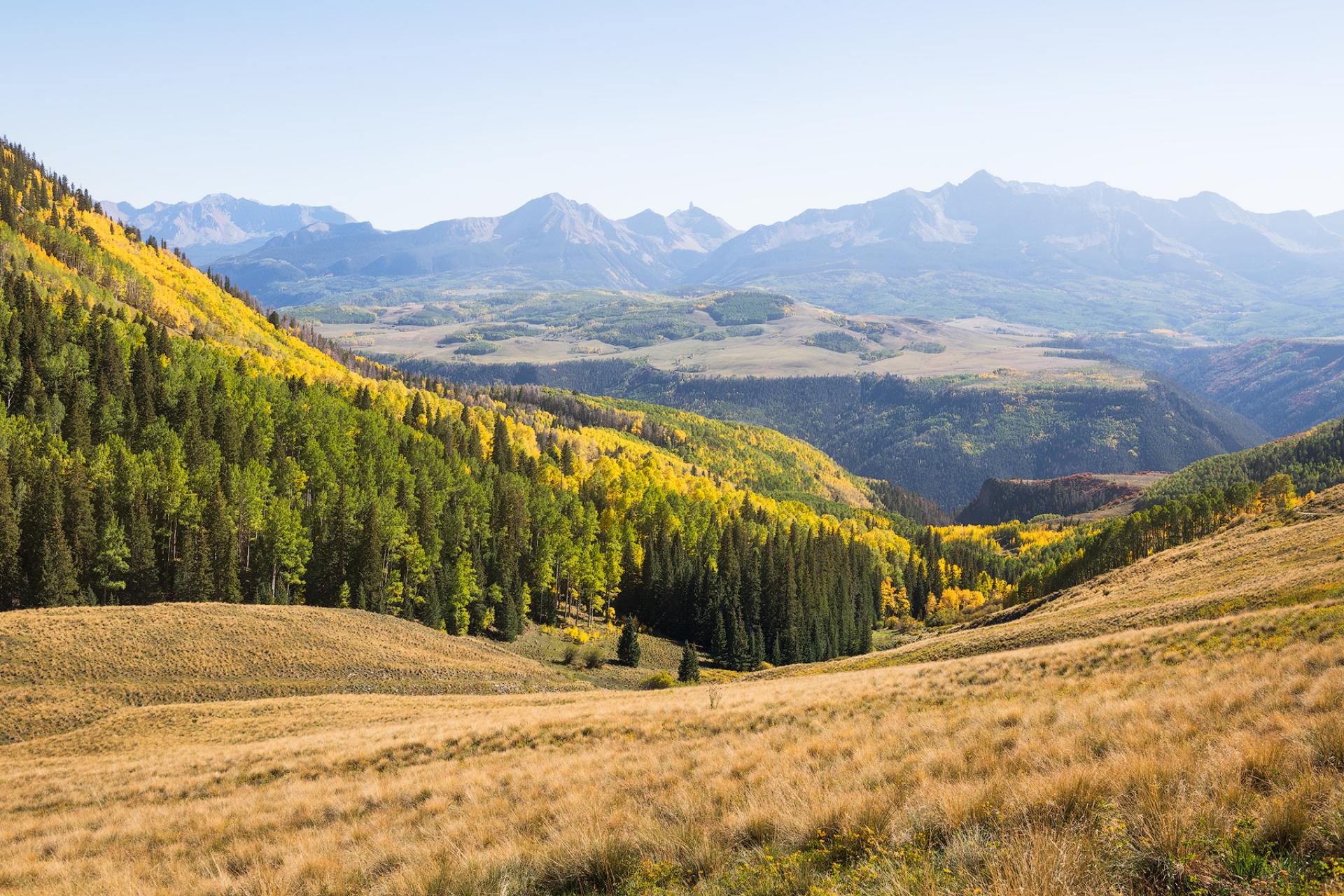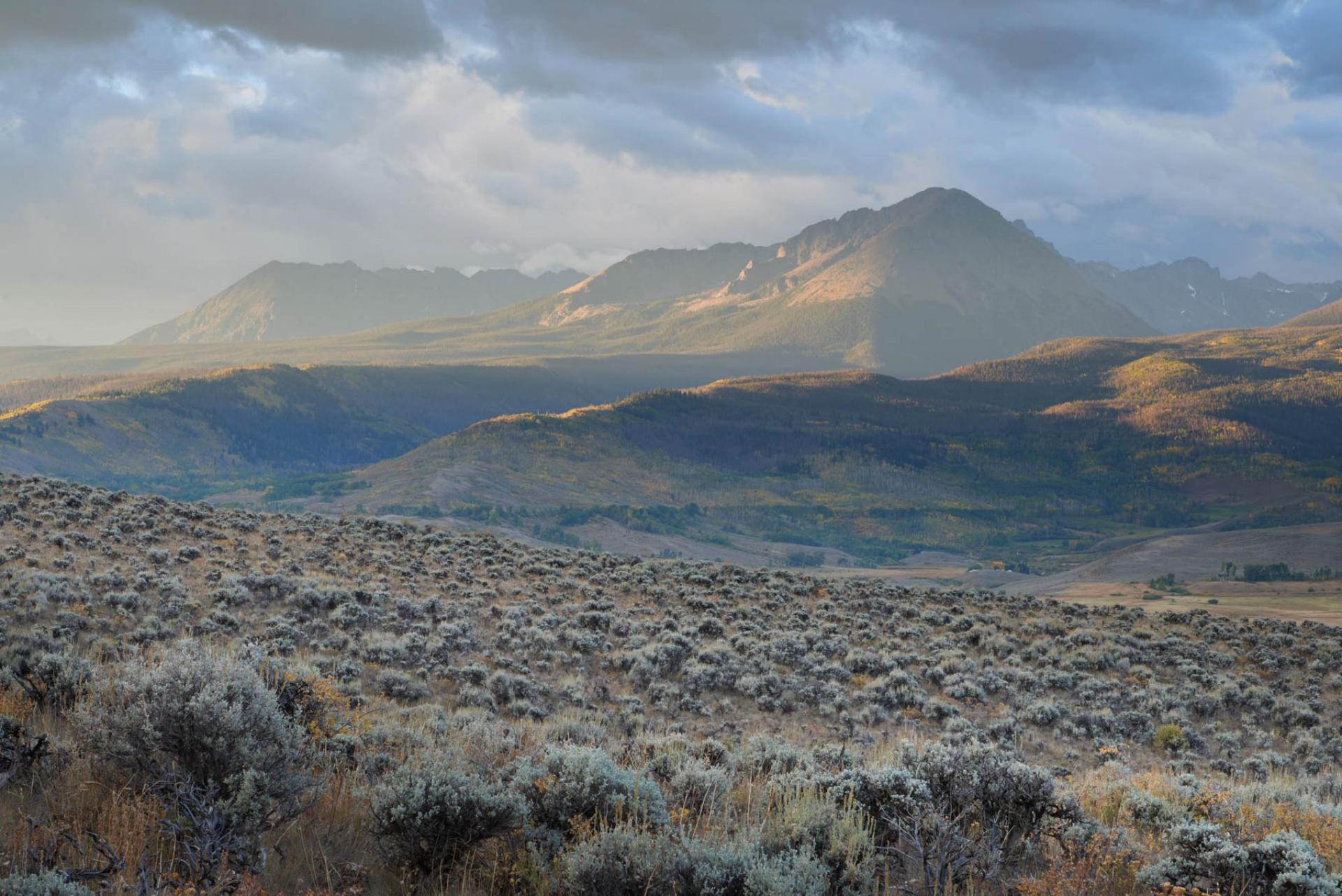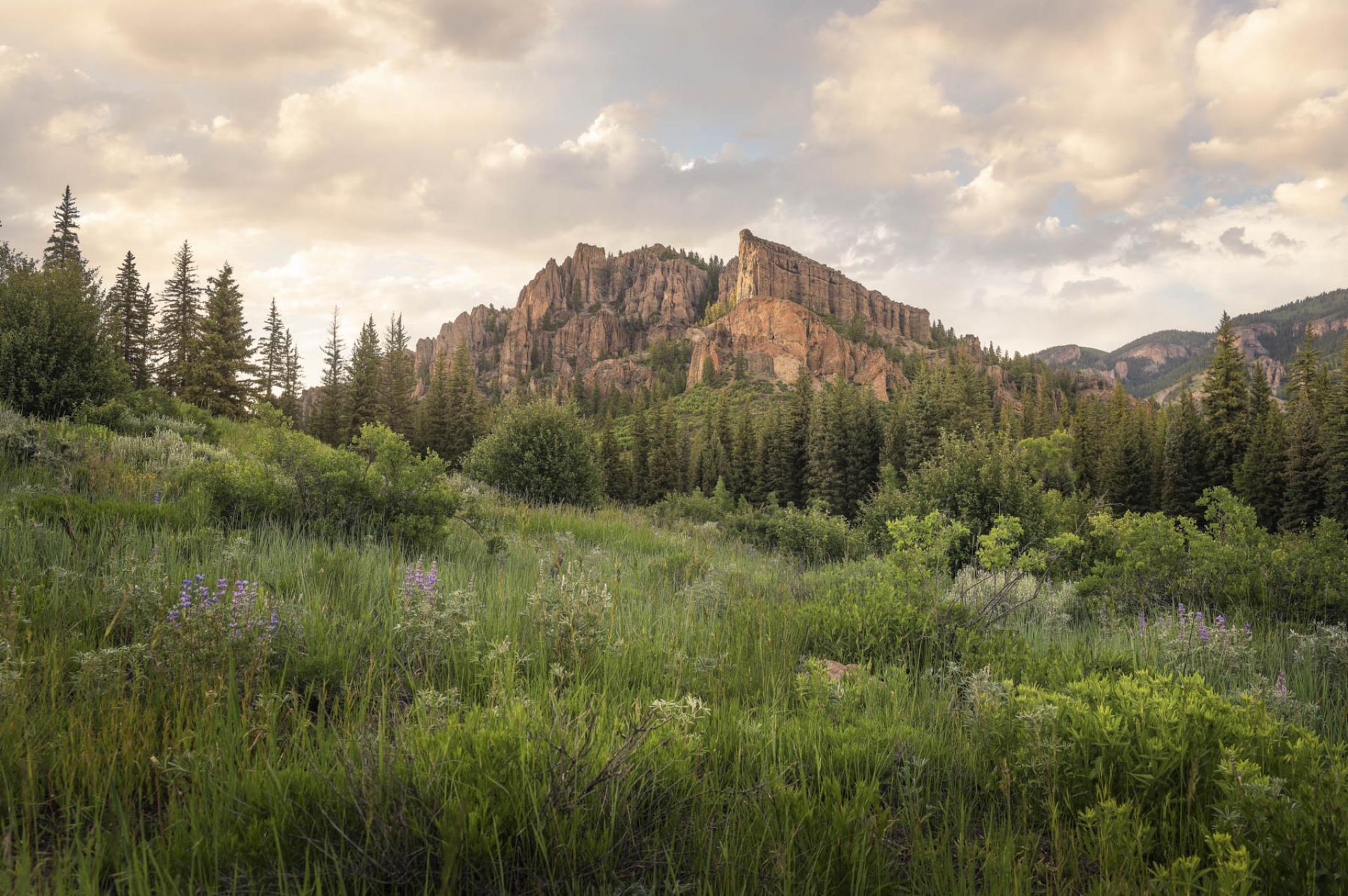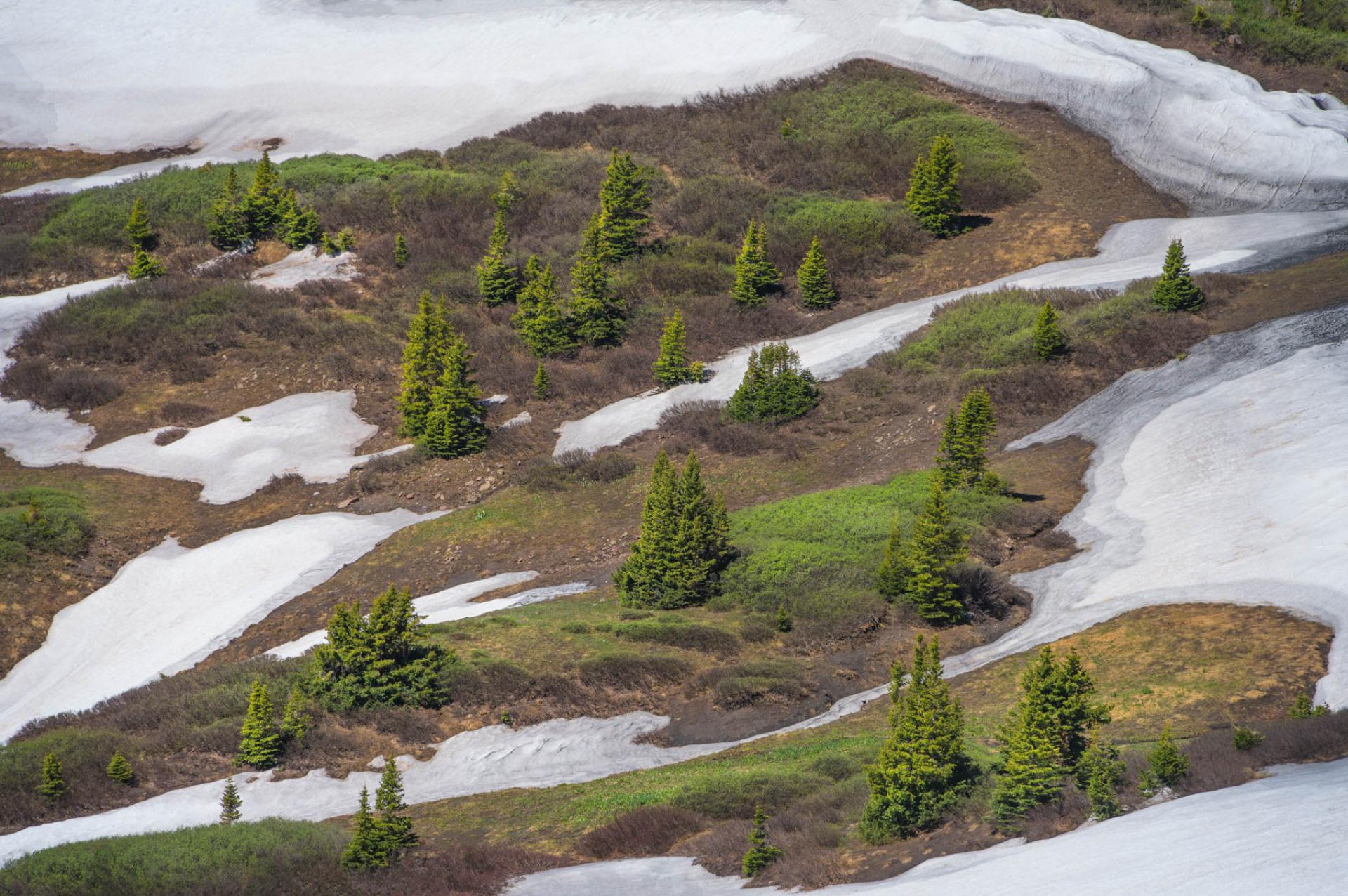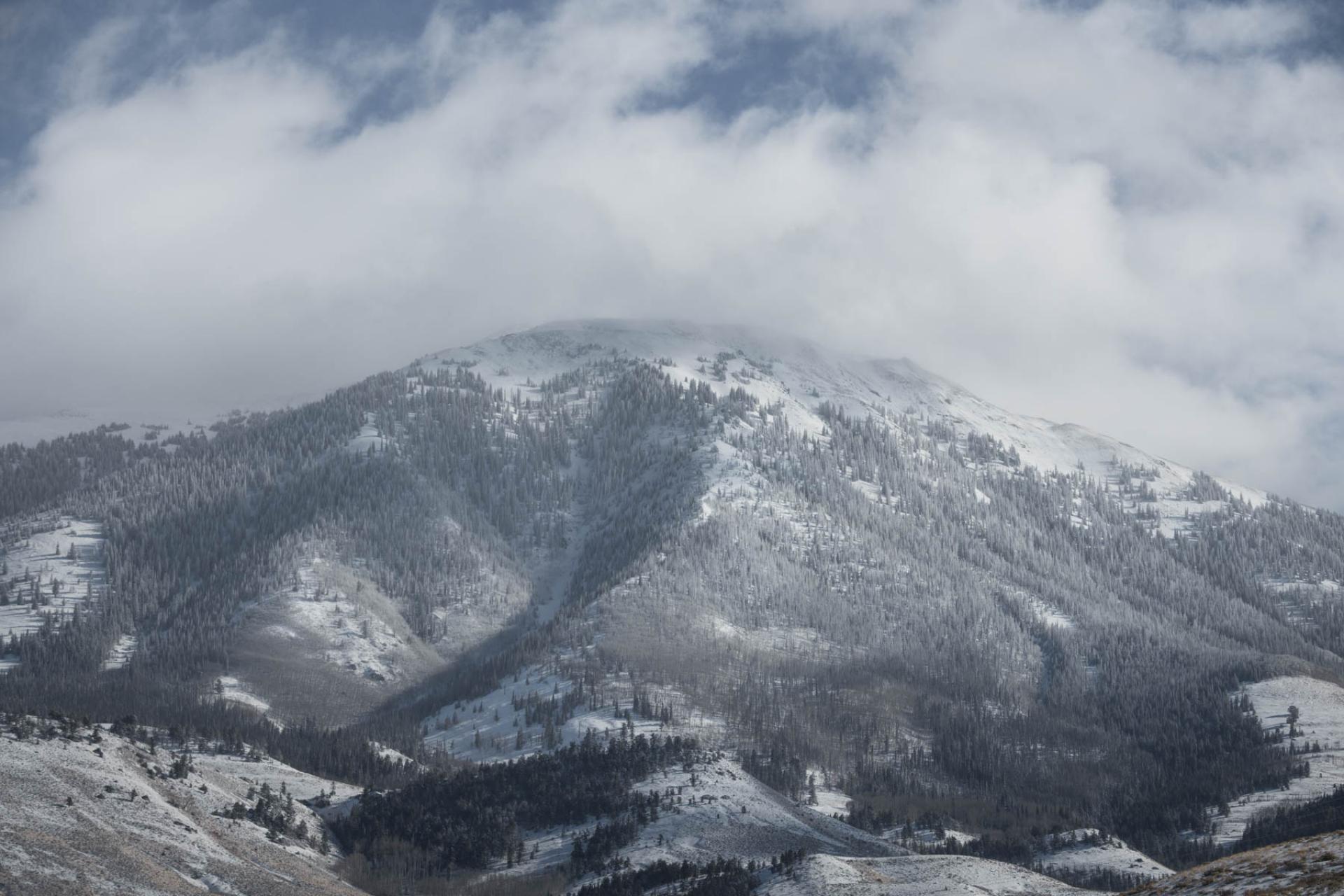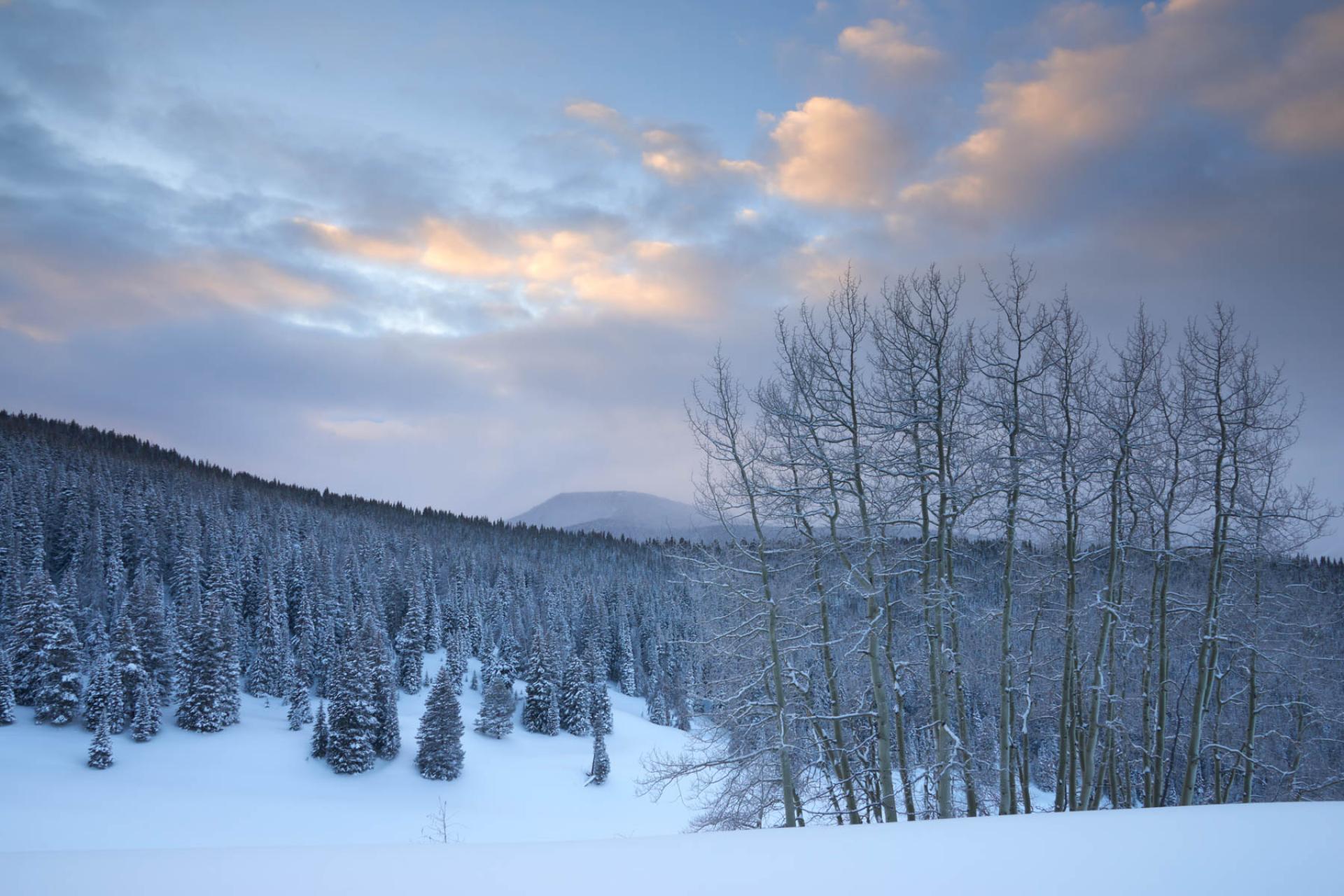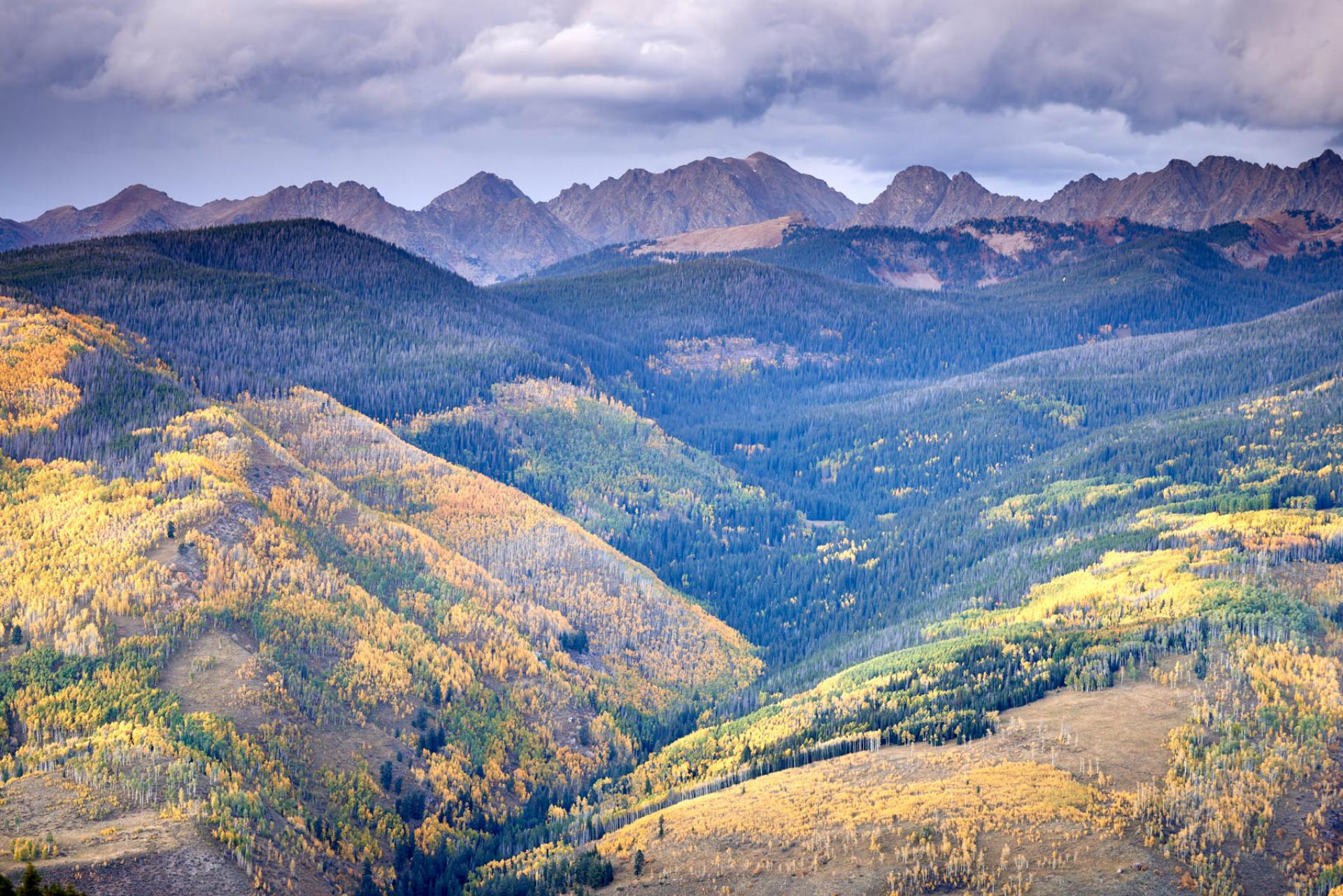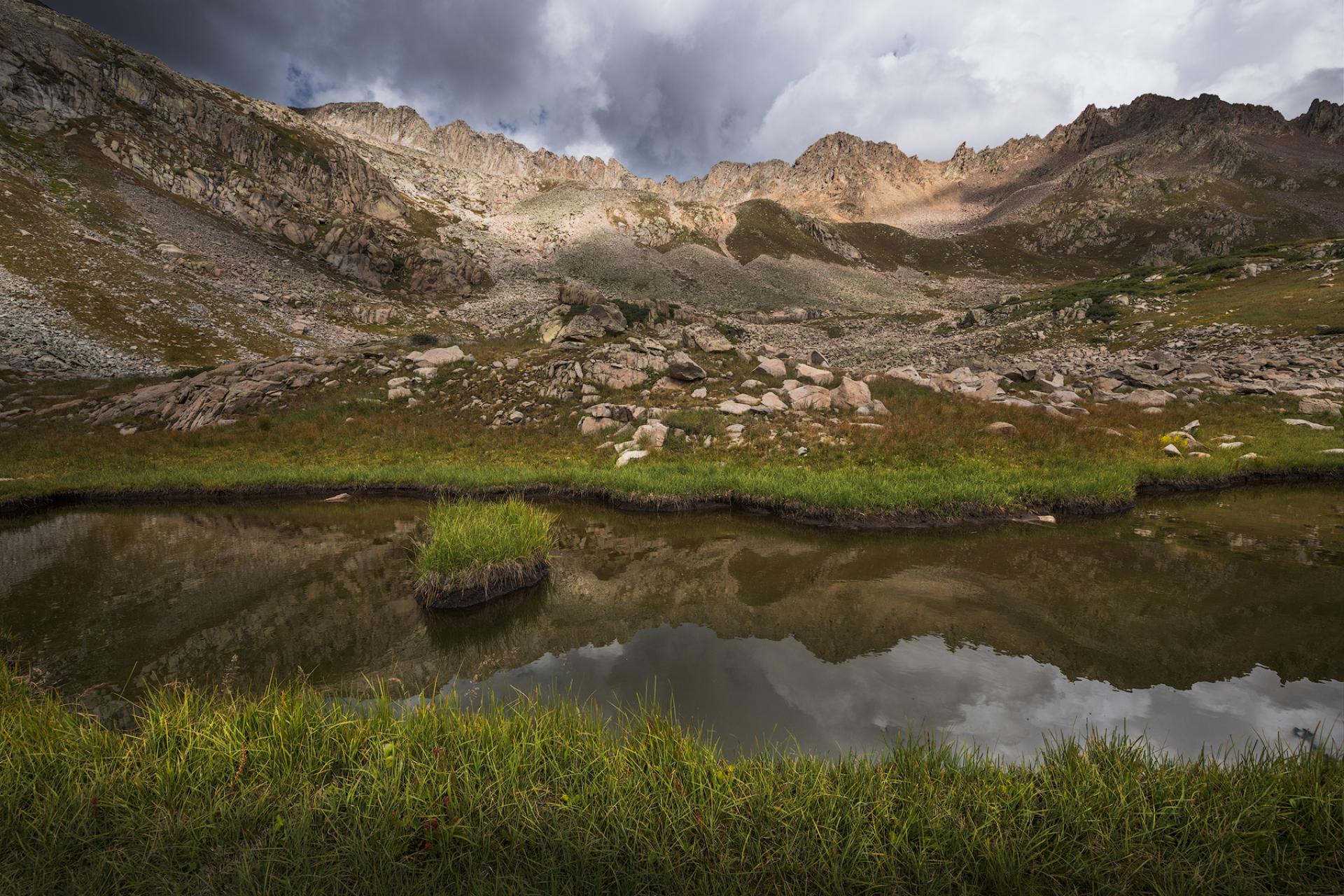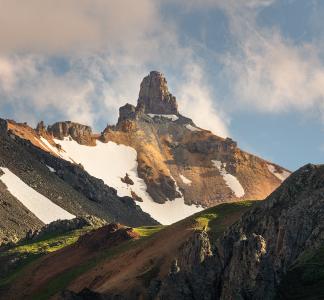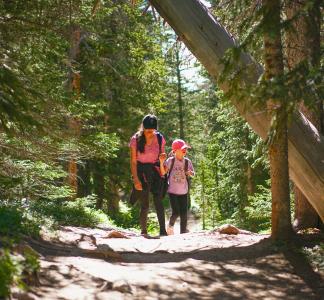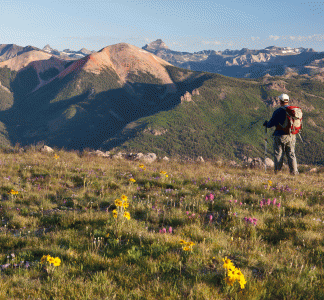Mason Cummings, TWS
Booming population and development encroach on beloved wildlands
Locals and visitors alike flock to central Colorado to enjoy sights that range from snowy mountain peaks and thick evergreen groves to rushing rivers under deep blue skies. The San Juan Mountains, Continental Divide and Thompson Divide are particularly popular with skiers, mountain-climbers and other outdoor recreation thrill-seekers, and the landscapes contain vitally important wildlife habitat and historic sites, too.
But these stunning wildlands are at risk from growing populations, increasing motorized recreation and new development pressure. We are hard at work ensuring Colorado’s public lands are safeguarded permanently.
Some of Colorado’s most spectacular mountain scenery is found in the San Juan Mountains, Continental Divide and Thompson Divide. These classic Colorado landscapes are popular among locals and visitors alike. They also harbor important wildlife habitat and migration corridors and provide clean water to surrounding communities.
The threat
Colorado’s population grew at twice the national rate this past decade, creating enormous pressure for development and motorized recreation that could disfigure landscapes like the San Juan Mountains, Continental Divide and Thompson Divide.
But a proposal in Congress would protect more than 400,000 acres of wilderness and other public lands in Colorado. Among other things, the measure would protect three famed Colorado mountains reaching at least 14,000 feet in elevation (referred to “fourteeners”); designate Camp Hale as America's first-ever National Historic Landscape; protect part of the Continental Divide National Scenic Trail, amid many other spots for skiing, hiking and other outdoor recreation;and conservehabitat and migration corridors for bighorn sheep, lynx, and other wildlife.
The Colorado Outdoor Recreation & Economy Act is an example of a collaborative piece of legislation that caters to the needs of the region, balancing protecting wilderness with the needs of outdoor recreation economy.
What we're doing
-
Working with officials
We are collaborating with local elected officials to pass the Colorado Outdoor Recreation & Economy Act. This bill would protect key wildlands in parts of the Continental Divide, Thompson Divide and San Juan Mountains landscapes from development, mining, commercial logging and unnecessary road-building.
-
Making local voices heard
We are engaging with stakeholders ranging from ranchers to county commissioners to the mayors of nearby towns to resolve current and potential conflicts with wilderness areas and arrive at a plan that works for everyone.
-
Partnering with businesses
We are activating local citizens and supportive businesses to show support for the Colorado Outdoor Recreation & Economy Act to Colorado’s congressional delegation.
